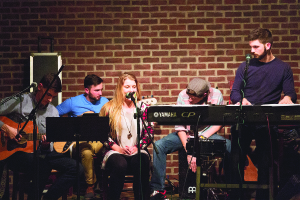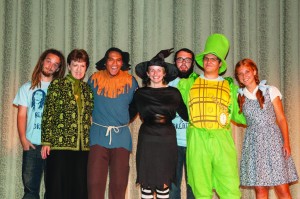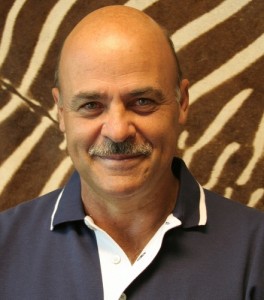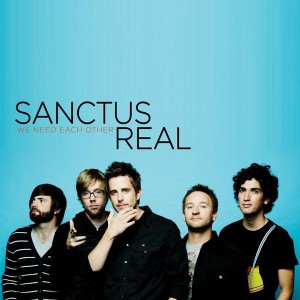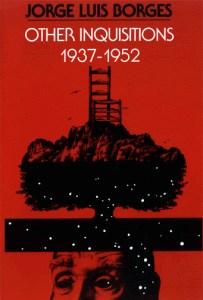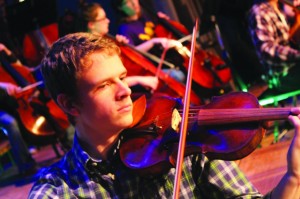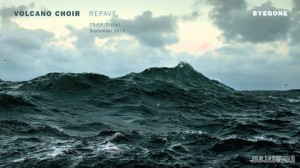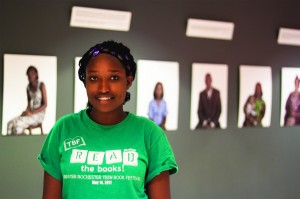We all have different thresholds for confrontation. For some, all they need are a few off-handed comments diminishing their favorite book or an uninformed insinuation that grains are the most important food group to go flying off the verbal handle. Yet for others, the benefit of the doubt will still remain intact even after the “local neighborhood chainsaw salesman” they let into the house has started swinging at them. “I’m sure it was just an accident.” It is in this relational ambiguity that Jordan Peele’s recently released film Get Out finds it’s home, and manages to unnerve the viewer in ways that are far deeper than its genre format may initially suggest. Paranoia runs rampant in the uncomfortable and the awkward, when people are just a few degrees away from understanding each other, but can’t quite connect. What people do to each other within this disconnect is what’s truly terrifying.
The film centers on Chris Washington, played by Daniel Kaluuya, who is black, and his girlfriend Rose Armitage, played by Allison Williams, who is white. Chris knows this shouldn’t be a big deal in modern society, but the desire to preface a relationship in such a way is often culturally expected even though distinguishing between “interracial relationships” and whatever painful phrase indicates a “same race relationship” can lead to strange confrontations. So when he leaves the city to visit his girlfriend’s family for the first time, he is prepared for the worst. While they are not nearly the prejudiced suburban family that he imagined living deep in the woods, he can’t help but feel that they interact with him in a way that’s quietly unsettling. When the groundskeeper and maid start behaving oddly, Chris begins to think that the family has planned something sinister for him.
It is incredibly difficult to talk about this movie to people who haven’t seen it. No matter how much you gush about its impeccable pacing, tremendous performances, and witty writing, it can’t be proven until it is seen. This film is bonkers, yet it manages to restrain itself and worm its way into your mind with silent, subconscious tension. It’s brilliant, and worth seeing if you have even the tiniest of stakes in the cinematic landscape of the modern world.
Get Out is delightfully clever, and from the film’s first moments it is clear that you are in the hands of a methodically constructed work of fiction. It knows its audience is intelligent, and treats them in kind, which is a refreshing experience from a low-budget horror film. When the pieces of the plot start fitting together and you think you are getting ahead of the story, characters will chime in to explain that they’ve made the same connections, just to remind you that the movie knows what it’s doing. This is usually the result when a brilliant writer and director are working in tandem, and in this case, both are Jordan Peele. While Peele showcased some of his directorial prowess on his often brilliant sketch show Key and Peele, this film proves that he can easily translate his skills to long-form drama while still keeping an air of wit and comic relief that is more than welcome when the tension starts growing unbearable. There has never been such an organic balance between dread and humor in a movie of this kind, and it is a genuinely wonderful experience to feel tonal balance shift back and forth with ease.
This movie is weird, sincerely odd, and it’s all the better for it. It is tightly plotted, scripted, directed, shot, marketed (but please avoid the trailer if you can), and is easily a masterwork of genre filmmaking. Go see this movie, you will not regret it. And if somehow you do, find a friend to talk it over with because part of Get Out’s design is that it is meant to be discussed, parsed, and obsessed over. If you have any desire to watch a movie from a perspective you haven’t experienced before and come out a changed person, albeit with a slight aversion to lacrosse sticks, hypnotism, and deer, you will not be disappointed.

